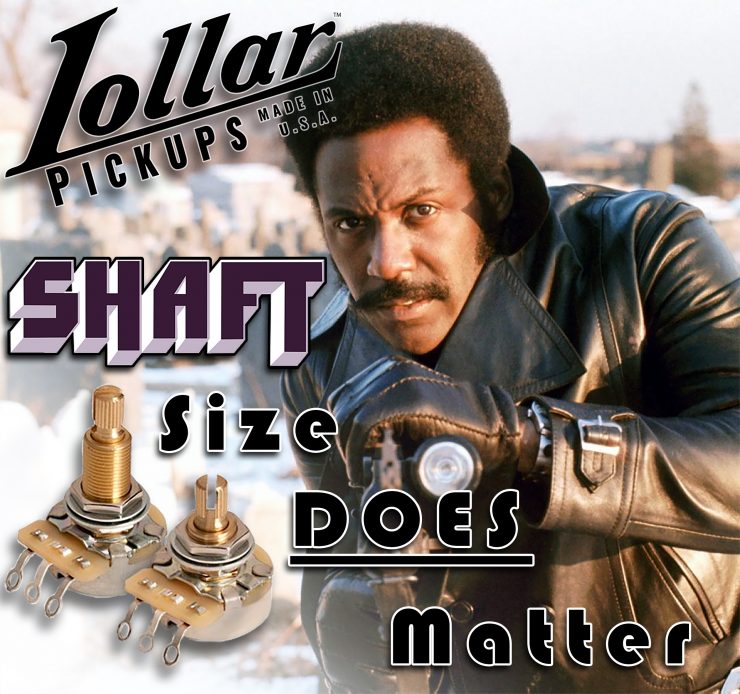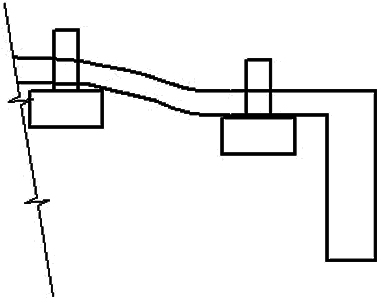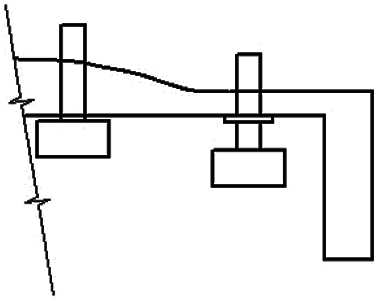
When replacing potentiometers (pots), there are differences in shaft size you’ll need to be aware of. The shaft we are referring to is the part of the pot with threading that sticks through the guitar top or pickguard where it is held down by a threaded nut. First, there are differences between metric vs imperial shaft diameters, with metric being about 1/4” in diameter and imperial being 3/8” in diameter. In my opinion, if you have the smaller diameter shafts, it’s worth reaming out the hole to accept a 3/8” shaft. The larger diameter pots are typically higher quality in all aspects. Fortunately, you will usually only find small diameter pots on the cheapest guitars. Always use a reamer to enlarge the holes because a twist tip drill can crack the wood of the guitar top.
Another concern is whether your pots are long or short shaft. Short shaft pots are normally 3/8” long which gives you room to pass through a ¼” thick guitar top and apply a 1/8” thick nut to hold the pot onto the guitar. There are also pots with shorter shafts — ¼” long that are for mounting to 1/8” thick pickguards like on a Strat®, but you can use 3/8” long shafts by adding a second nut to the bottom of the shaft to shim the pot lower in the pickguard.

Why would you need long shaft pots? These can come into play on solid body guitars with carved arched tops like many Les Pauls® have. Whether you need long or short shaft pots depends on how the control cavity is routed. Older Les Pauls have a control cavity depth that follows the contour of the top plate so the thickness of the wood between the control cavity and the top is roughly the same thickness. These guitars typically use short shaft pots.
Many newer Les Pauls (late-1970s and on) have a constant depth cavity that is indexed off the back of the guitar that is flat, so the thickness of the top that the pot passes through varies depending on its contour. This type of route normally uses long shaft pots

I have also seen the exception on some newer Gibsons that use a plate mounted in the bottom of the control cavity where all the components are mounted to it and the pickups are attached with quick connectors. This type of installation is more involved than we want to get into here. It’s also not seen nearly as often as the other types I have run across.
Long shaft pots can be used on guitars that take short shaft pots by adding an additional nut to the shaft before running it through the top just like using a 3/8” long shaft on a pick guard mounted pot.
Fully or semi hollow guitars like 330s or 335s normally have top plates that are ¼” thick so most of these types use short shaft pots.
Is there any difference other than the shaft length? Commonly available long shaft pots don’t come in the variety of different values, e.g., 250K, 500K, etc. and don’t have the variety of tapers short shafts can have: tapers being how quickly or how slowly the volume will roll off as you turn the knob down.
In conclusion, different guitar manufacturers and smaller builders may have different ways of making their control cavities or contouring their tops, so to be sure, pull the pots out and measure the shaft lengths before you commit to buying new pots.